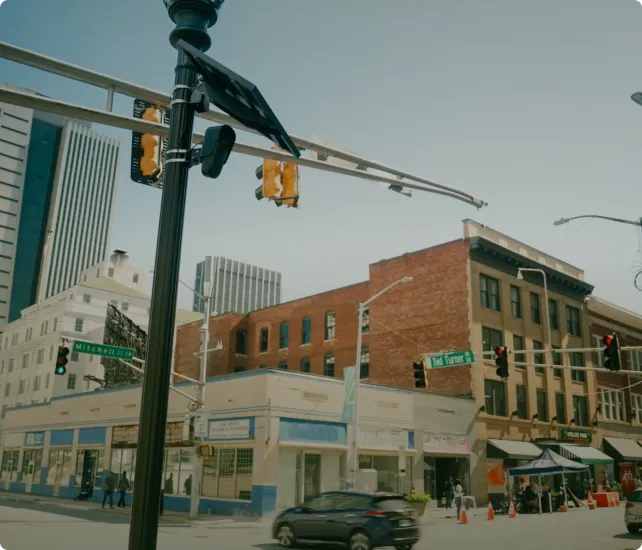


Inside Fairfield PD’s Real-Time Crime Strategy with Lt. Nick Lt. McDowell
How technology, experience, and timing are transforming modern policing in Solano County
The Next Phase of Crime Reduction in Fairfield
As agencies across the country reevaluate how to build safer, smarter communities, Fairfield Police Department in California is taking decisive steps toward the future. In a wide-ranging conversation, Lt. Nick McDowell shares how his department is navigating staffing shortages, technological change and public expectations by building a Real-Time Information Center (RTIC)—a pivotal investment in modern law enforcement.
Why Build a Real-Time Center Now?
Fairfield PD isn’t new to progressive policing. It was among the earlier adopters of Flock Safety’s license plate reader (LPR) cameras, which now form the backbone of many investigations in the city. But the motivation for launching a Real-Time Center goes beyond technology. It’s about strategic necessity.
“We’ve been doing this work already through dispatch,” Lt. McDowell explains. “We’re just asking too much of them. The RTIC helps offload that burden while adding value across investigations, patrol support and community engagement.”
Staffing Challenges And Solutions
One of the biggest hurdles agencies face in launching RTCCs is identifying the right people to operate them. Lt. McDowell highlights a dilemma familiar to many departments: balancing technical savvy with law enforcement experience.
“You can hire someone fresh out of college who knows the tools, but if they don’t understand street-level police work, they can’t provide actionable intelligence,” he says.
His proposed solution? Retired officers, experienced dispatchers and lateral hires with practical field knowledge who can train new personnel and build early credibility.
Drones, Dispatchers, and Force Multiplication
Lt. McDowell also draws on his experience managing Fairfield PD’s drone program since its inception. From foot pursuits to major traffic incidents, drone footage has repeatedly proven its value in reducing workloads and enhancing officer safety. But success depends on the operator’s mindset.
“Flying a drone is easy. Doing it under pressure, while communicating with officers and tracking suspects, isn’t,” he notes.
The same is true for RTIC operators. Agencies need calm, situationally aware professionals—not just tech experts—to manage these centers effectively.
Community Support, Budget Realities
One of the biggest surprises? The overwhelmingly positive response from Fairfield residents. As Lt. McDowell notes, “The most common question at community events is, ‘Why don’t you have more Flock cameras in my neighborhood?’”
But scaling these efforts comes down to funding. Like most government-funded agencies, Fairfield PD must make every dollar count. Lt. McDowell sees an opportunity in public-private partnerships.
Lessons for Other Agencies
For departments considering their own Real-Time Center, this episode offers a valuable roadmap:
- Start with the tech that works: Build trust with LPR, drones, and camera feeds before scaling.
- Don’t overload dispatch: Real-time centers should support, not replace, dispatchers.
- Build credibility early: The wrong hires at launch can stall the entire program.
- Make it measurable: From video review to staffing efficiencies, show the cost-benefit clearly.
Closing Thoughts
The episode ends on a personal note, with host Jamie Hudson reflecting on his own early days with Fairfield PD—and celebrating the department’s ongoing evolution. The region is poised to become a model of real-time collaboration.
Fairfield isn’t just catching up. It’s helping set the pace for the next era of public safety.
Want more insight on Real-Time Centers, LPR success stories and drone deployments?
📩 Subscribe to the Real Time Policing: When Moments Matter podcast.
Explore More





Contact us
Discover how communities across the country are using Flock to reduce crime and build safer neighborhoods.

.webp)









